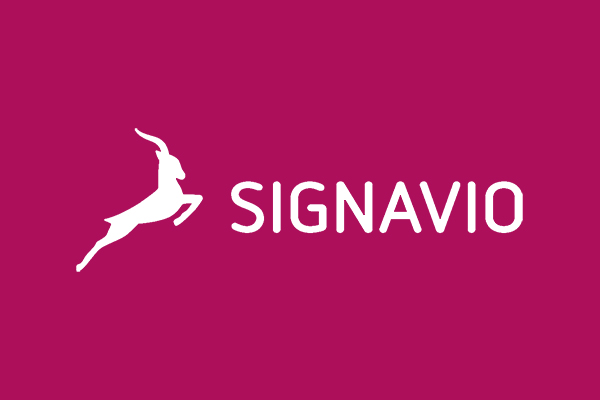Brazil Nota Fiscal – Insider Tips for Procure-to-Pay
In my previous article, we discussed the importance of contingency for your orders-to-cash process flow. In today’s blog, I wanted to focus on the importance of end-to-end automation from an accounts payable (AP) perspective. Many companies are not addressing the opportunity that the Brazilian invoicing model creates for AP and inbound logistics teams.
While there are unique possibilities in the Brazilian market for straight-through processing, many companies continue to handle the AP process manually. However, the following environment has been created by government-mandated, e-invoicing legislation for organizations operating in Brazil:
- Expect your domestic vendors to send you a government-standardized XML, known as a Nota Fiscal. In many cases, the XML for goods can be sent even before the goods arrive. You should expect a Nota Fiscal for goods transactions and service transactions as well as transportation documents (known as CT-e).
- XML invoices will be registered with the government prior to your supplier sending them to you. For goods invoices, the supplier will need to put a PDF representation of the XML invoice (known as a DANFe) on the truck before they can legally ship the goods.
- You will not receive partial shipments. In Brazil, you can have many invoices on a single truck, but you will not have a single Nota Fiscal that has related goods on multiple trucks because it acts as the legal shipping document.
This mandated automation and standardization from the Brazilian tax authority creates a unique opportunity for automation that is found nowhere else in the world:
Explore related questions
- For the accounts payable team, you can actually do the purchase order (PO) to invoice comparison at the associated tax level even before the goods arrive. Many large manufacturers, such as automotive original equipment manufacturers (OEMs), require a matched Nota Fiscal transaction before they will allow a truck from a vendor onto their property. This process (known as “gating”) ensures that the company doesn’t have to deal with potential tax issues, as VAT is often transferred in Brazil based on physical delivery, not payment.
- If there is an issue with the Nota Fiscal not matching the PO, the call can be placed to the vendor to obtain a correction even before the goods arrive.
- If there are no issues with the PO to Nota Fiscal match, the invoice status can be set to wait for the associated goods receipt transaction. Once the goods arrive, the inbound receiving staff doesn’t have to enter data in at the warehouse. Instead, they can scan the barcode on the DANFe which will automatically create the goods receipt transaction in SAP ERP.
For large volume manufacturers, inbound Nota Fiscal volumes can exceed 20,000 documents per month. This volume of invoices has resulted in a massive staff that often focuses on data entry and comparisons which can be fully automated. Organizations in Brazil, through MIRO/MIGO automation, have reduced the time and costs associated with processing invoices at both the accounts payable and inbound receiving levels by upwards of 70%. This is entirely dependent on whether automation is made a priority.
If the process savings are not enough, the tax penalty in Brazil is no longer an issue thanks to automation which should more than justify the cost to implement. Remember that your inbound VAT invoices from your domestic suppliers are used to lower your VAT remittance payments to the SEFAZ, Brazil’s tax authority. As in any VAT-based tax society, an organization is responsible for paying VAT based on the net value (i.e., collection of VAT from customer minus VAT paid to suppliers equals VAT owed). In Brazil, this is tracked in real-time as the government has all of the XML invoices. This means they can cross-check your VAT owed through some simple calculations, as they already have all of your customer invoices and your supplier invoices in their databases. The SEFAZ goes one step further — basically making you self-audit — through monthly, quarterly, and annual reports collectively known as SPED. Penalties are assessed in two ways:
- By law, the buyer must collect, validate, and archive your vendor XML Nota Fiscal. Upon request, you need to make those XML available to the SEFAZ for audits. The penalty for not having the appropriate XML averages approximately $200 USD per XML.
- Tax penalties assessed for incorrect taxes can range from 75% to 225% of the tax value. And with the tax rates in Brazil, this can easily add up to millions of dollars.
As you look at procure-to-pay processes around the globe, make sure you look at Brazil. The cost justification due to tax penalties and automation might surprise your organization.
For more on Latin America compliance and for the latest updates and trends in business-to-government compliance visit Invoiceware International’s blog.
 |
Steve Sprague is the Vice President of Product Strategy for Invoiceware International. He is responsible for both product management and e-Invoicing regulatory updates. Over the last 16 years, he has designed solutions for SAP ERP that deliver out-of-the-box compliance for Latin America and European Union e-invoicing and fiscal reporting requirements. |



